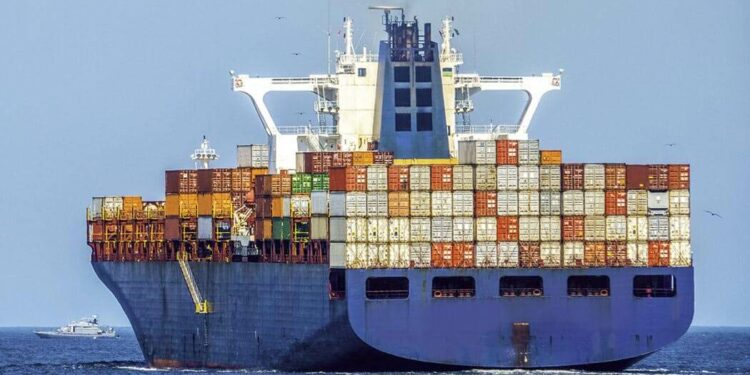The trade deficit – the gap between imports and exports – skyrocketed to KES 1.37 trillion for the first 10 months of the year, a 23.09% increase from KES 1.11 trillion in the prior year, occasioned by disruptions in global supply chains that raised the cost of importing goods.
The cost of essential commodities such as petroleum products, wheat, edible oil, steel and paper hit record levels earlier in the year on COVID-induced disruptions in global supply chains that were worsened by Russia’s war in Ukraine from February.
The latest official data by the Kenya National Bureau of Statistics (KNBS) shows expenditure on imports for the 10-month crossed KES 2 trillion, largely driven by the cost of fuel, industrial supplies and foodstuffs.
Kenya’s import bill was 21.89% year-on-year to nearly KES 2.10 trillion during the review period, a higher rise than 19.69% in earnings from exports to KES 728.2 billion.
The KNBS trade deficit data shows imports were largely lifted by increased expenditure on shipping petroleum products while growth in exports was hurt by reduced earnings from cut flowers.
The data further shows expenditure on food imports also climbed 15.48 % to KES 201.99 billion at a time when items like wheat and edible oil hit record highs, while the order book for non-food industrial supplies climbed 15.28% to KES 783.07 billion.
Earnings from tea exports increased 25.47% to KES 119.97 billion in the first nine months of the year, while income from coffee exports grew by half to KES 31.43 billion in the review period.
The export earnings were, nonetheless, hurt by a 38.46% drop in cut flowers to KES 48.04 billion in the review period.
See Also:




